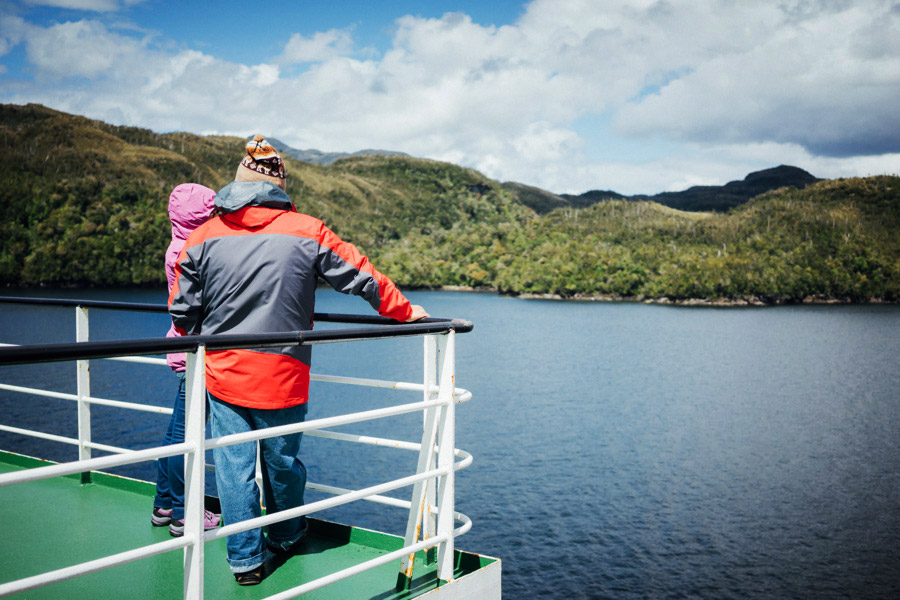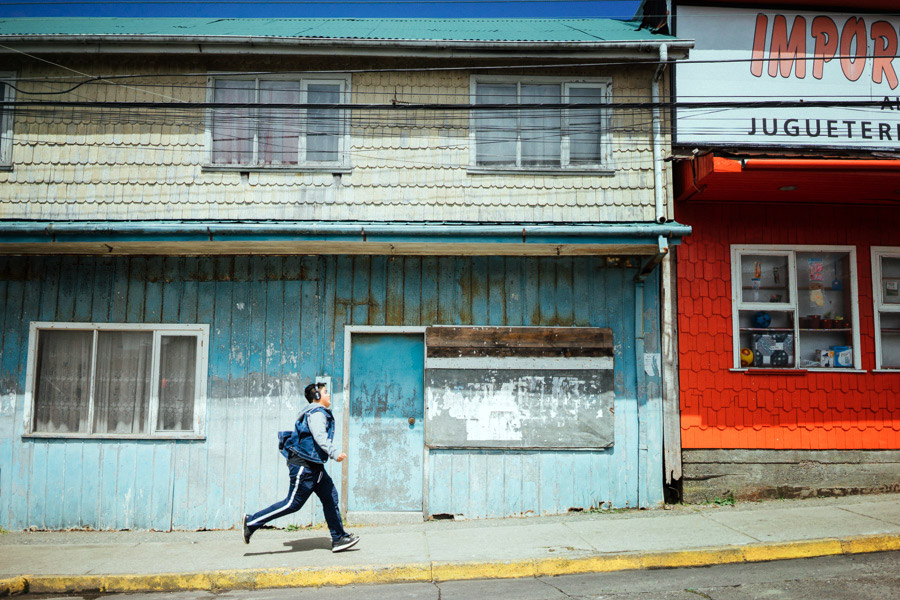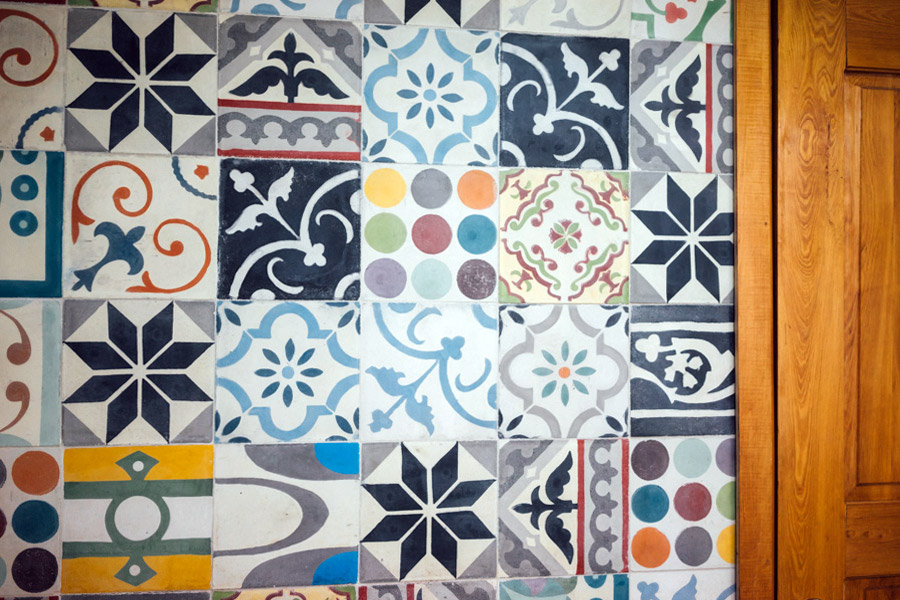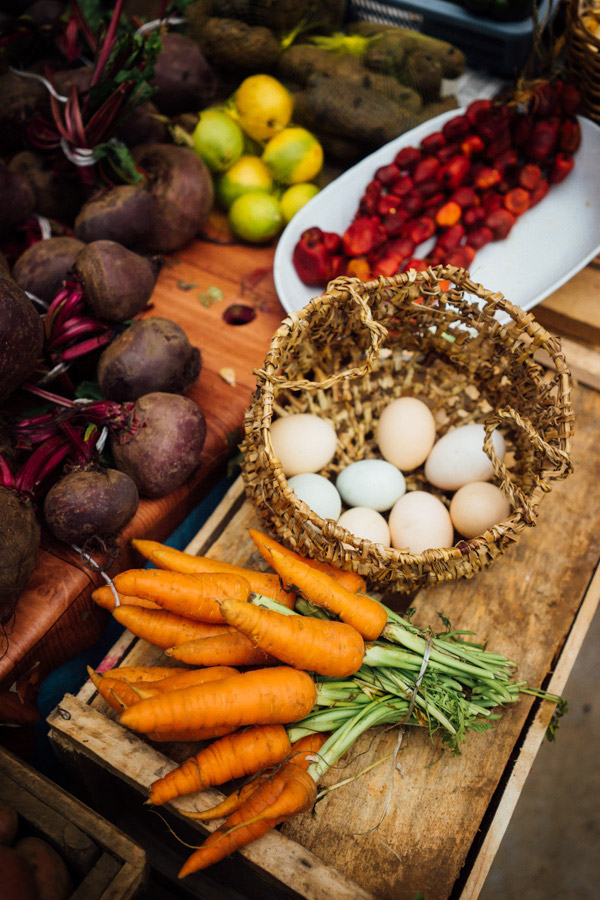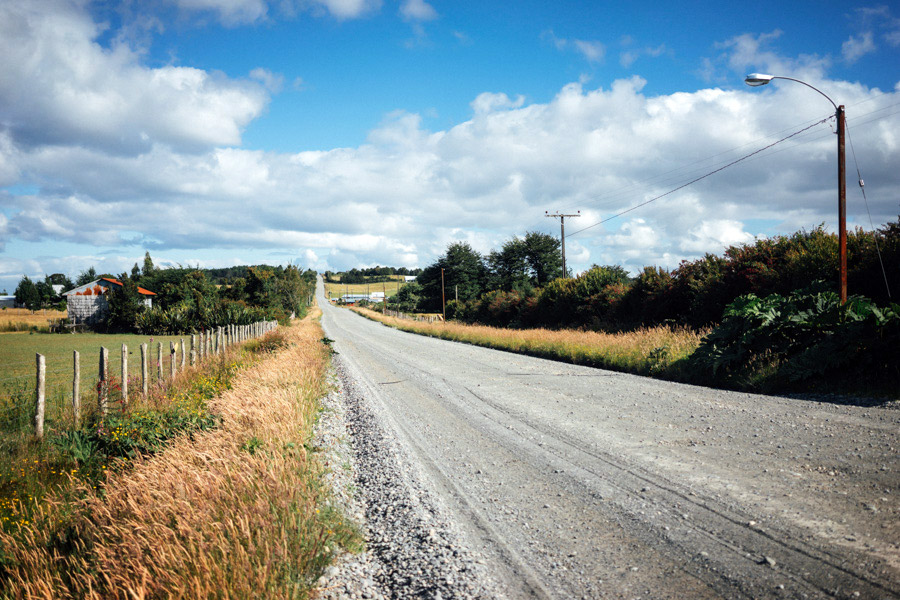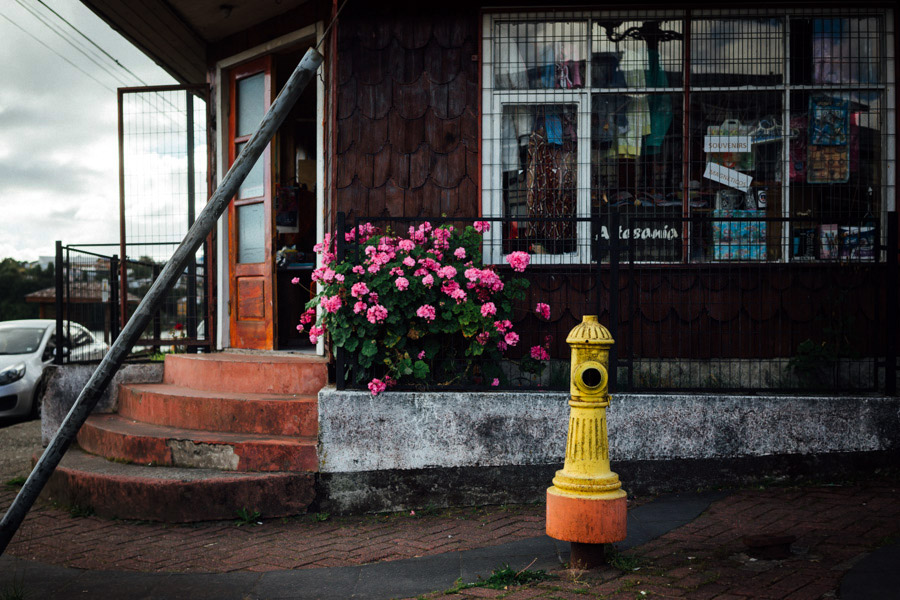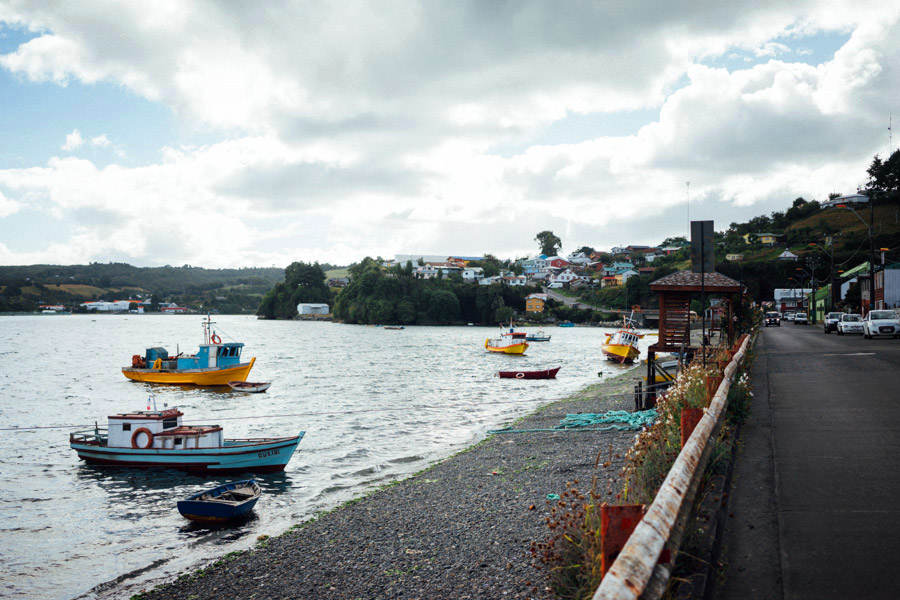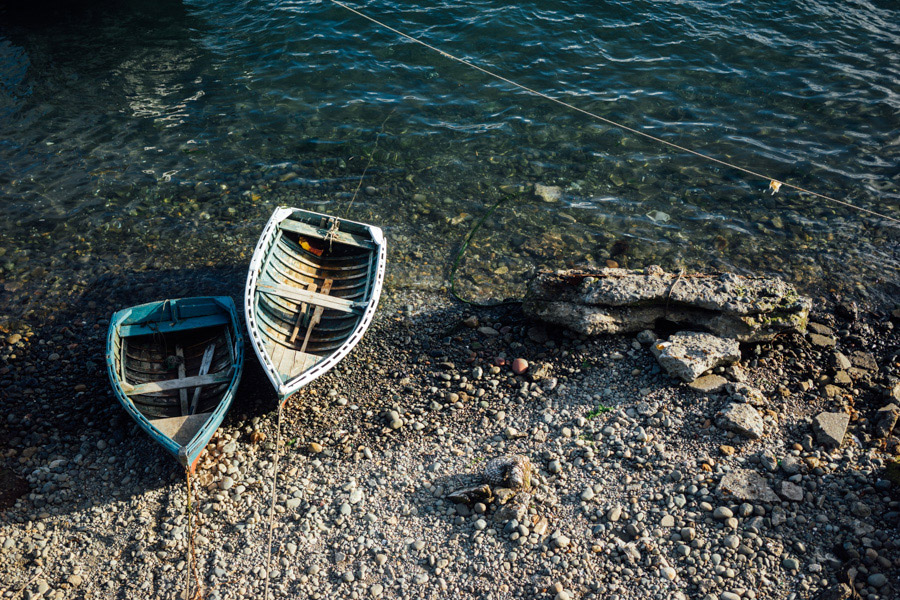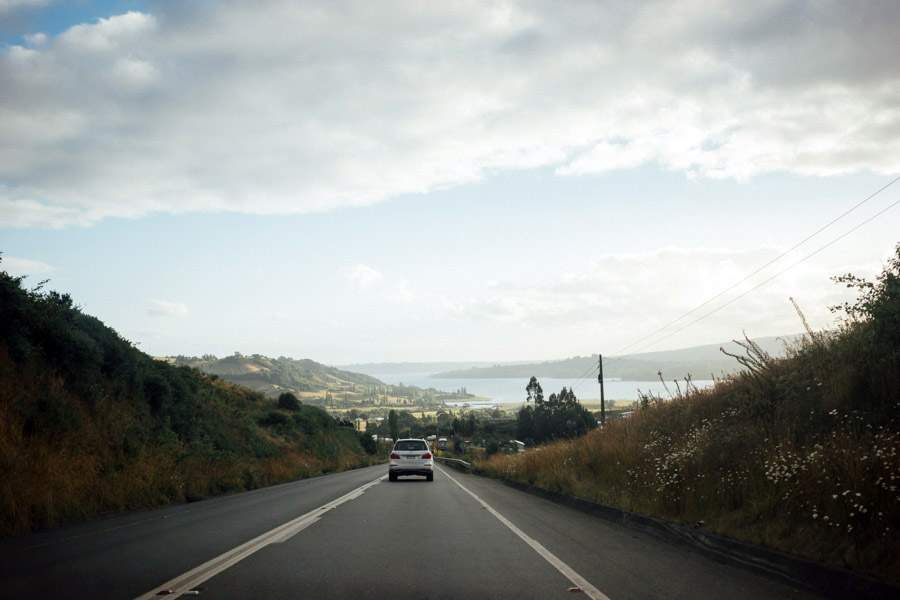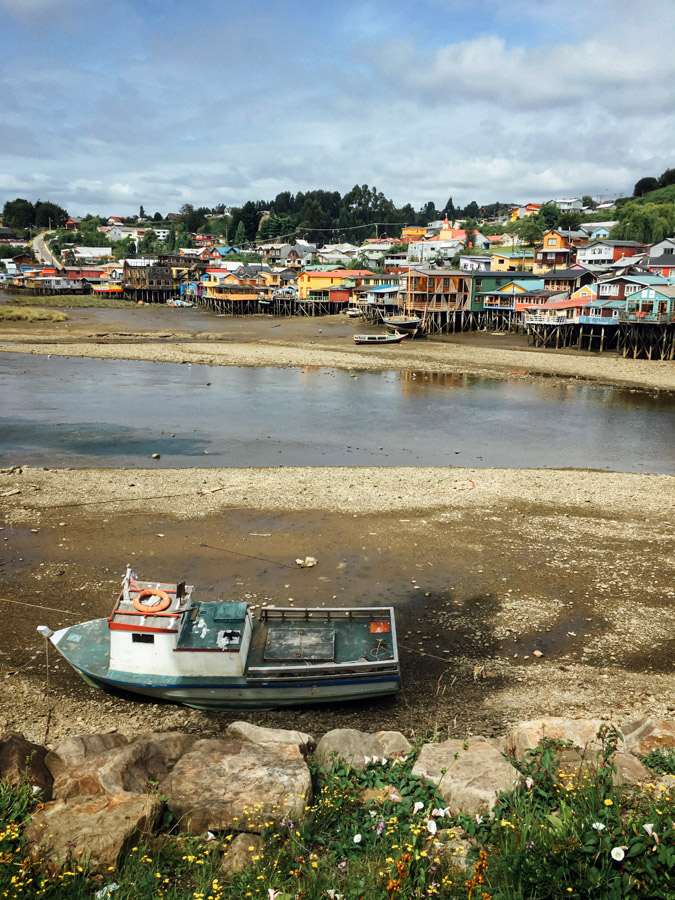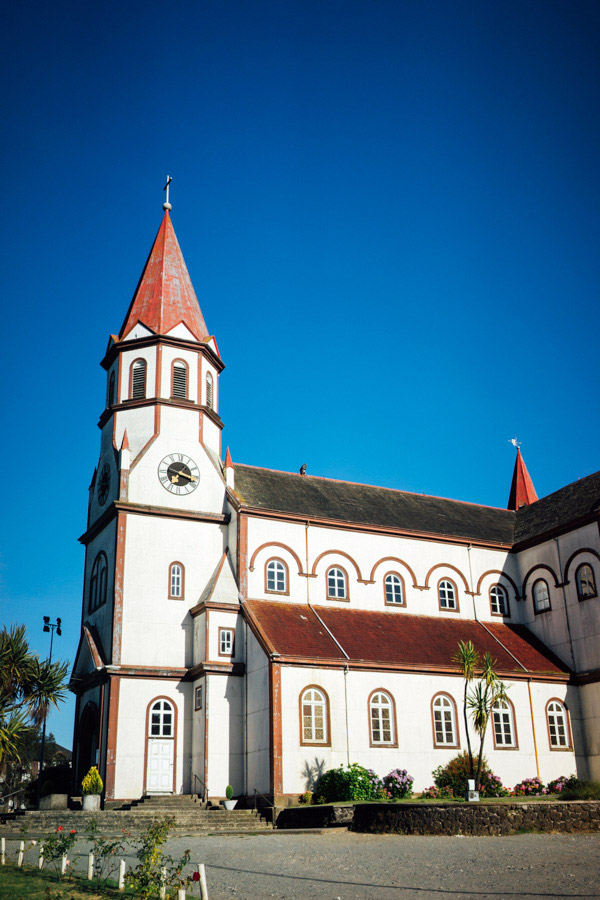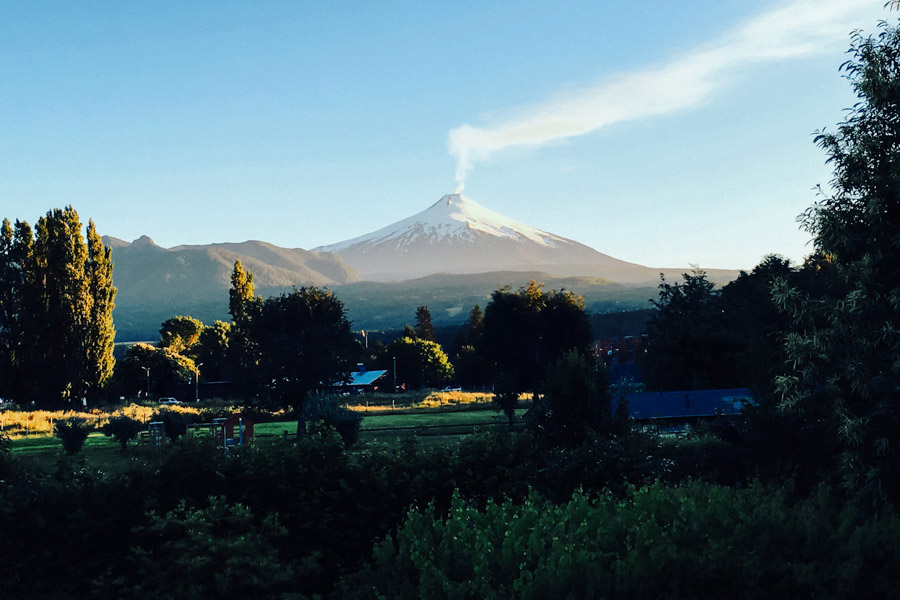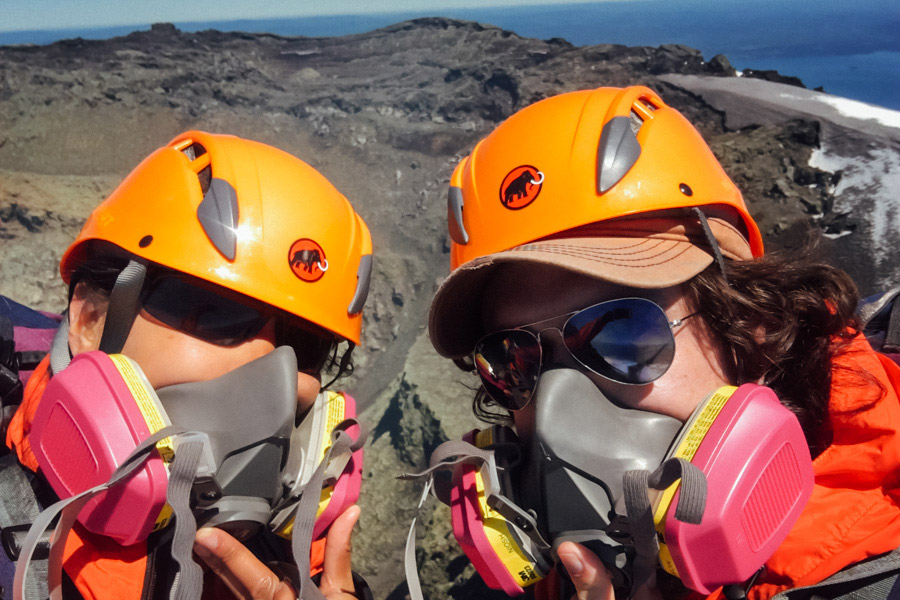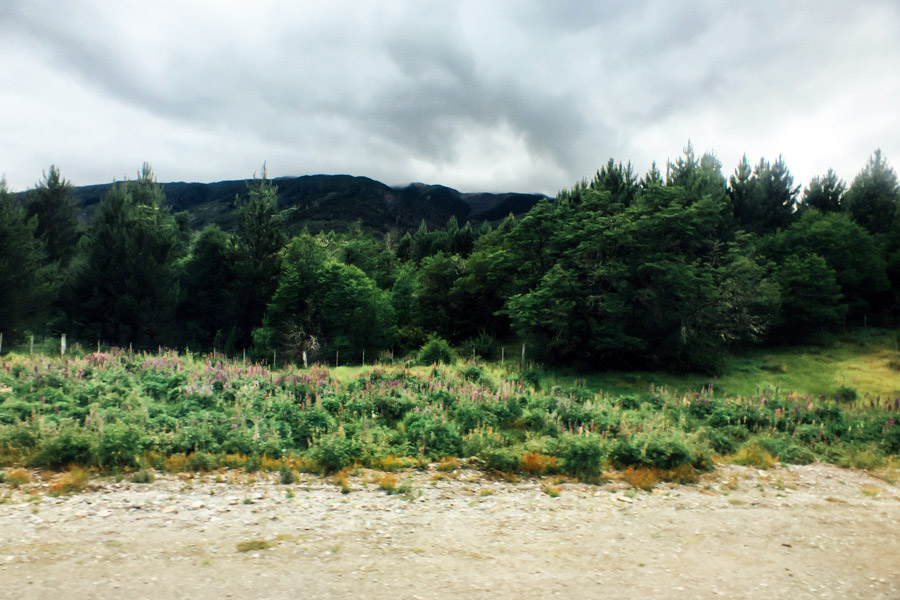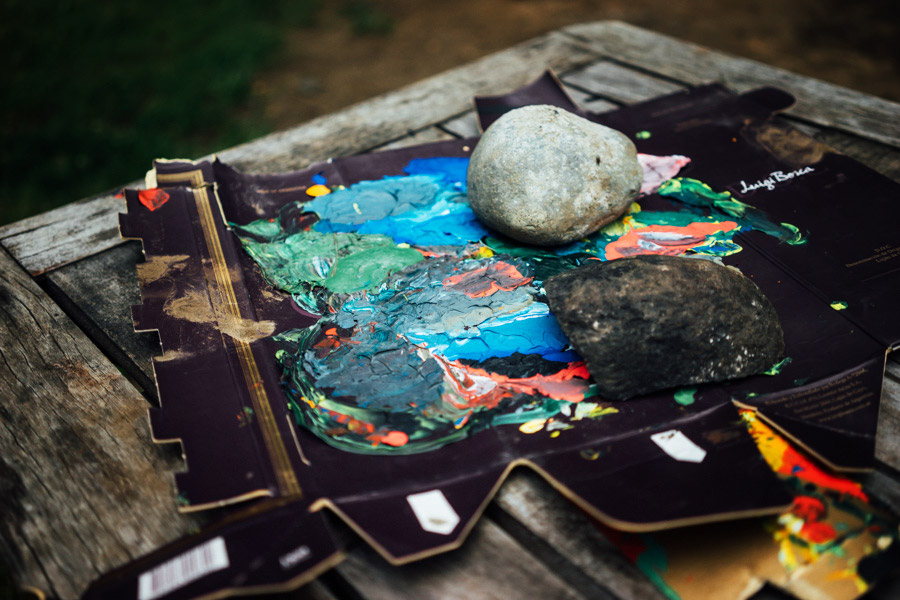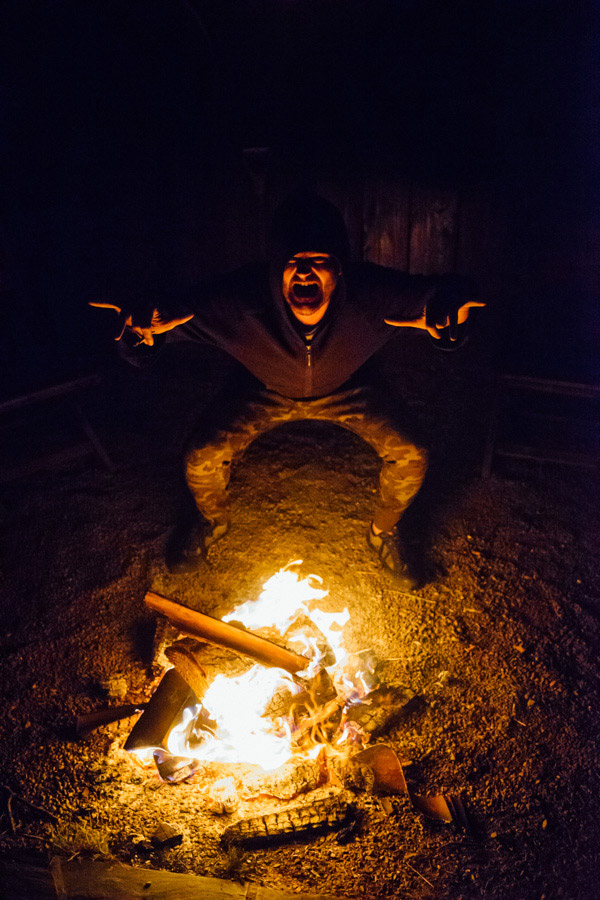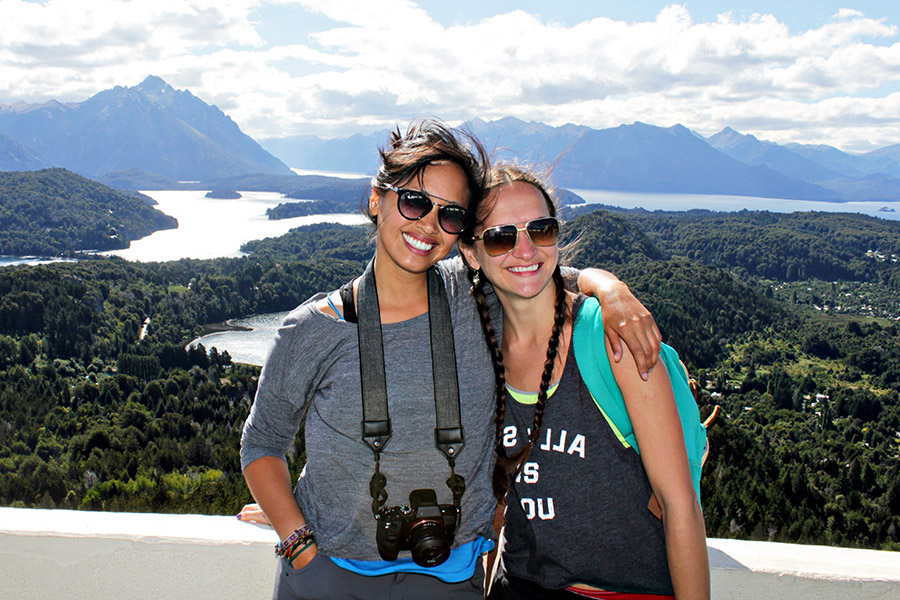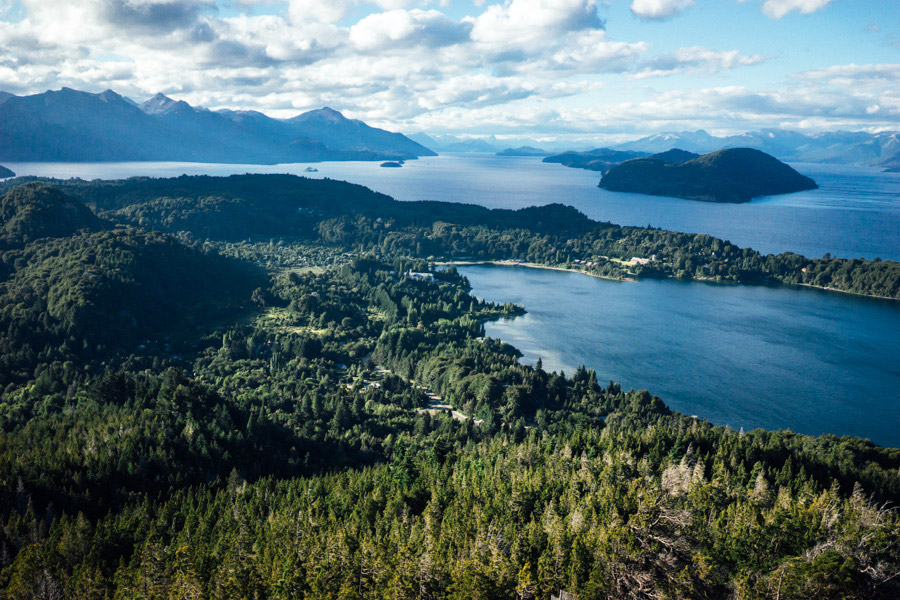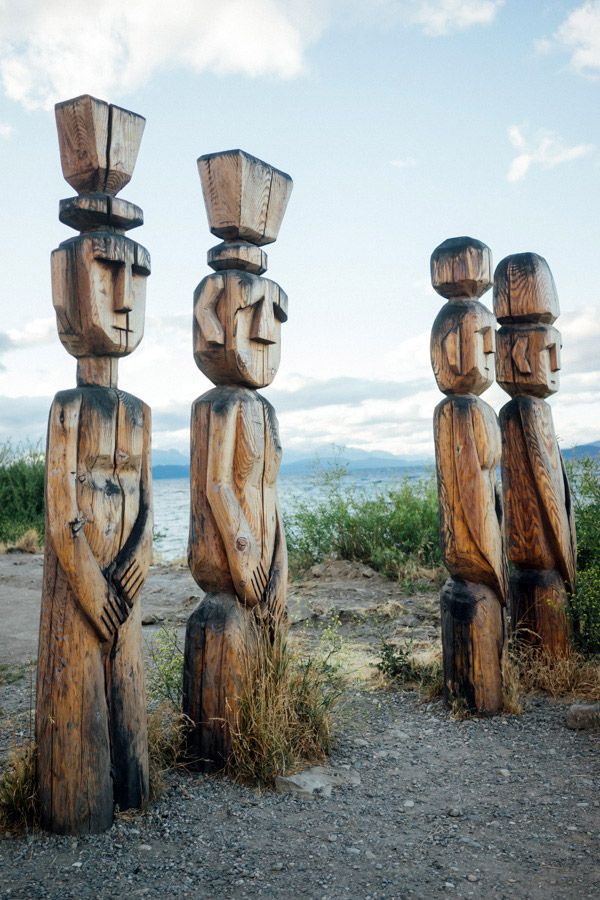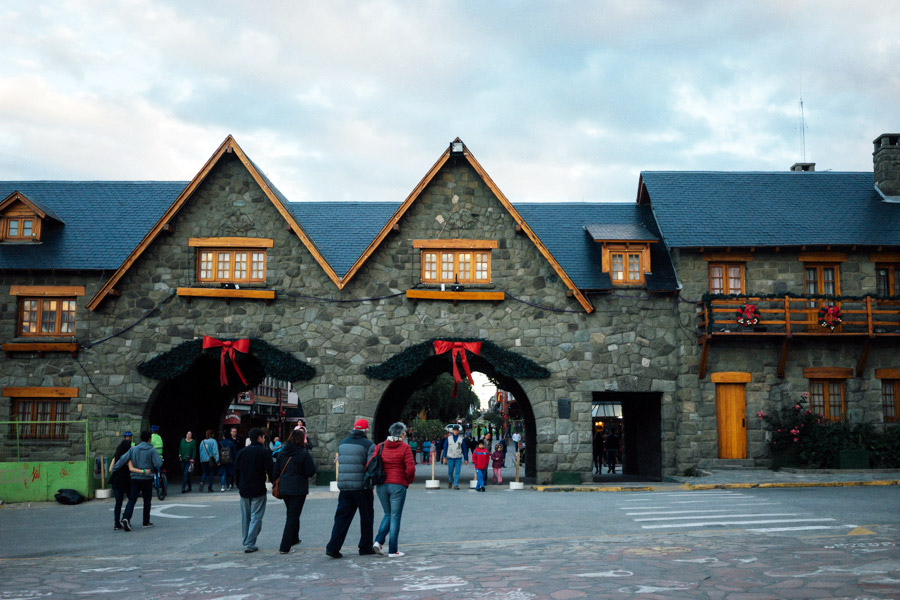Bill Laurance - December in New York
We leave Puerto Montt, the industrial port in the middle of Chile, to head down to Puerto Natales in Chile’s southern tip. There are few roads for this long voyage, and all of them require a passage back to Argentina. So we picked another route: we’re about to embark on a boat through more than 1,500 kilometers of Patagonia’s channels and fjords.
After a warm welcome by Percy, our naturalist for the next four days, a bus takes us along Puerto Montt’s docks. We walk onboard a simple cargo ship, with lorries and their drivers, motorcycles and their heavily bundled adventure riders, large luggage and their unprepared tourists, a few locals making their way south, and us, climbing the vessel’s ladder with childish eagerness and apprehension. We set our backpacks in our tiny room, lucky to be given a private one, and race to the top level to watch the crew loading and securing trucks. We all gather in the cafeteria, warming up on tea. Safety disclaimers and route are explained by Percy before we leave, already a couple hours late.
And for the next days, we navigate the narrows in the cold, barren Patagonian landscape.
It’s an overwhelming feeling of peace amongst the quiet channels, in the cold winds, in the gentle rain on empty land, only disturbed by the energetic cormoran making its way to the other island. We feel at the edge of the world, a place where it all started. Percy explains how the difficult climate helps us understand how vegetation started on the rest of the planet, with lichen, brush, small trees, and bird poop as fertilizer. We watch the deserted landscape, bare of any human life except one village we’ll pass by and stop for a two hours, dropping off groceries. The twice-weekly boat is their only connection to other cities in Chile.
Madie and I carefully isolate ourselves, finding an empty bench by the sea level, talking for hours and waiting for orcas, whales, and seals. The rain is always here, on and off, a companion we’re getting used to while we sip on boldo tea. We fall silent to the sea, laugh at double rainbows, and awe at sunsets. We spy albatross, petrels, and Commerson’s dolphins. As we make our way south we bundle up and put on more layers; Madie is wearing as many clothes as she can. Back to the top level for dinners, stories of high school are exchanged over cafeteria food as 3-meter waves start when we exit to open sea for a night. We walk back down, carefully walking to the waves’ rhythm and try to fall asleep.
It’s already the last day, we approach Puerto Natales, stuck at sea until the winds calm down. A few hours late on schedule, we exit the ship amongst a handful of unhappy tourists. We didn’t want to leave. Patagonia, our newfound friend still has much in store for us, but we’ll always remember the amazing introduction of its channels and fjords. Our backpacks back on, we walk a mile to our homestay, our minds still at sea, still in the tiny cabin, in our laughs at rainbows and cormorans, in the heart of Patagonia.









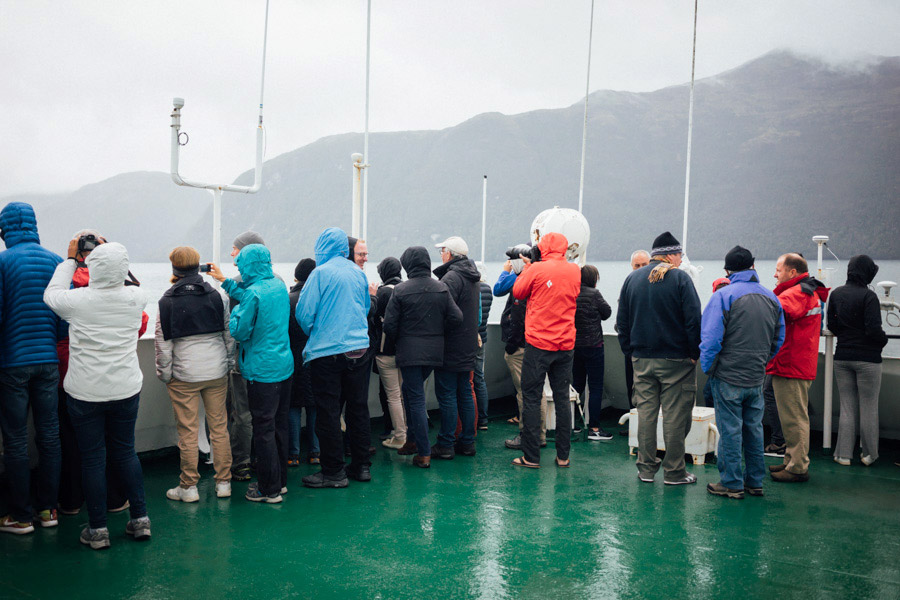







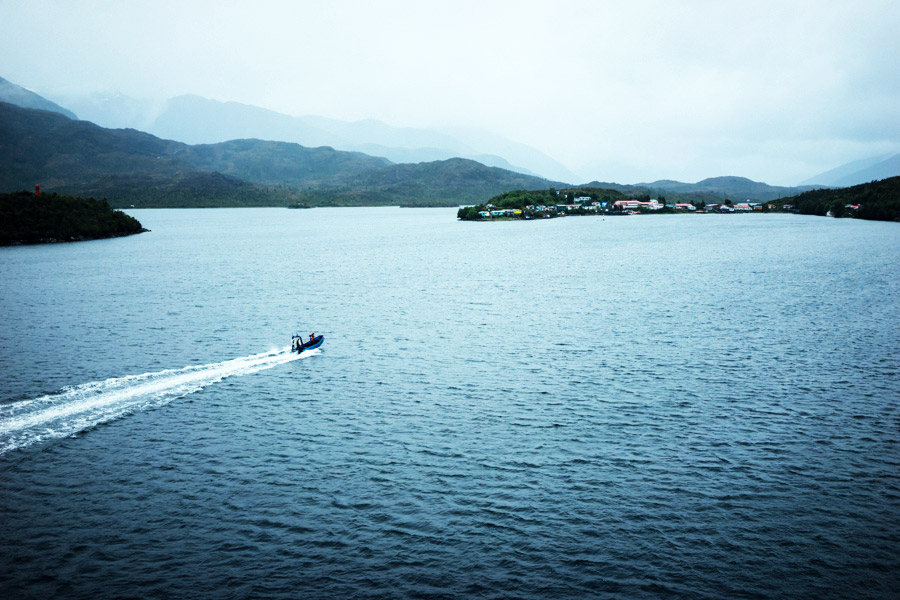





















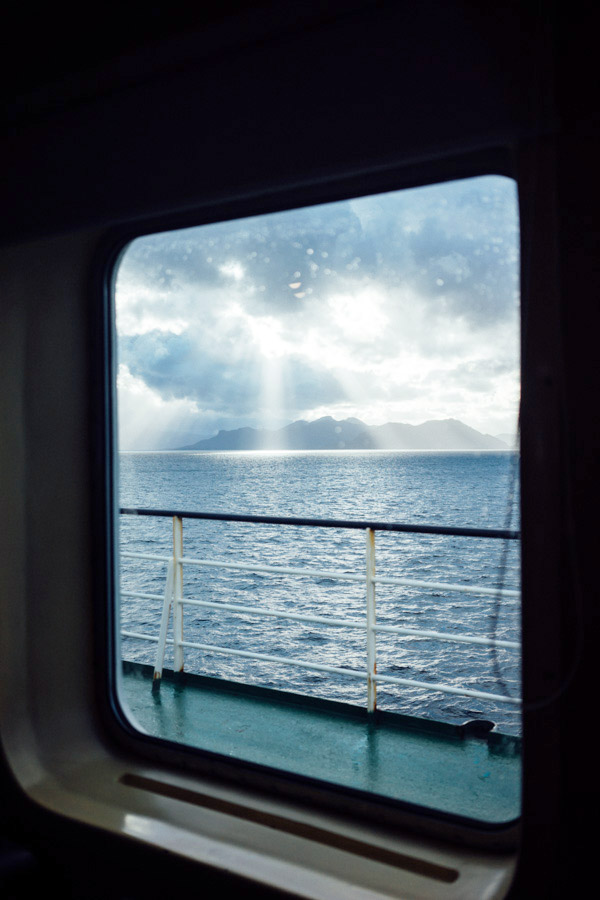




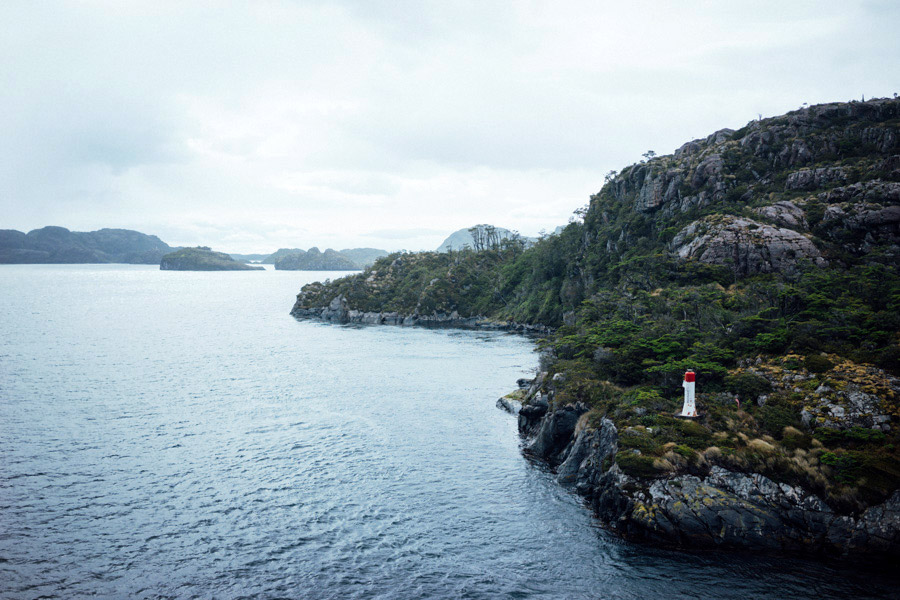

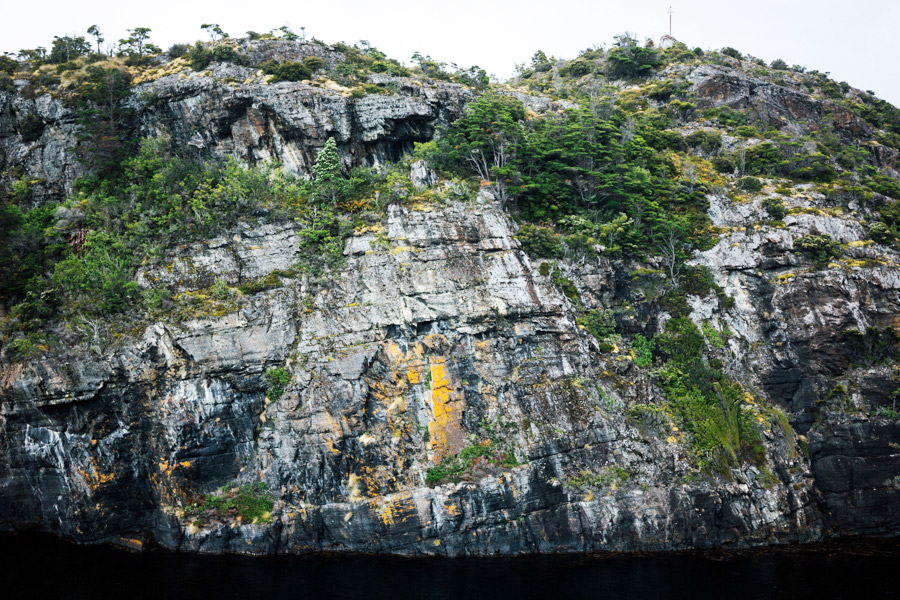
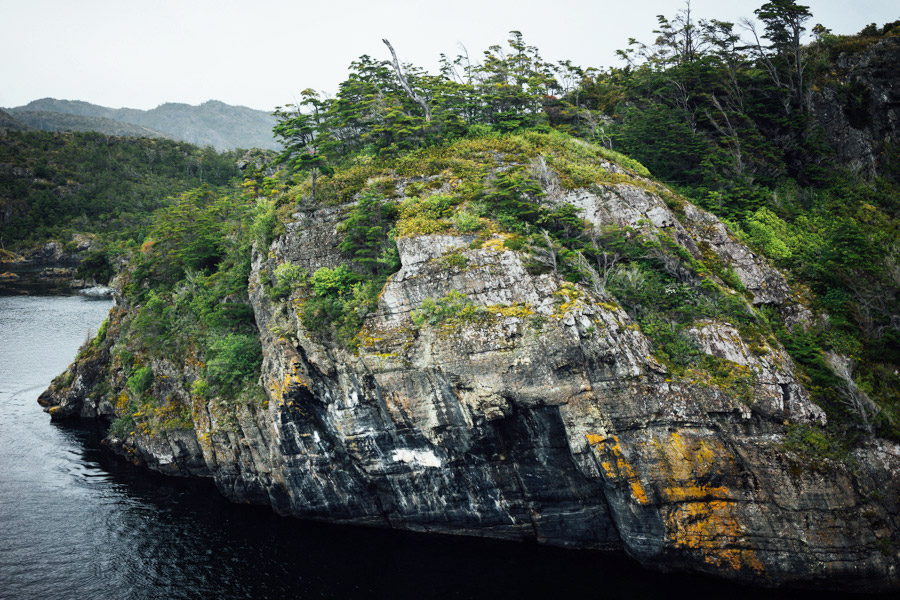




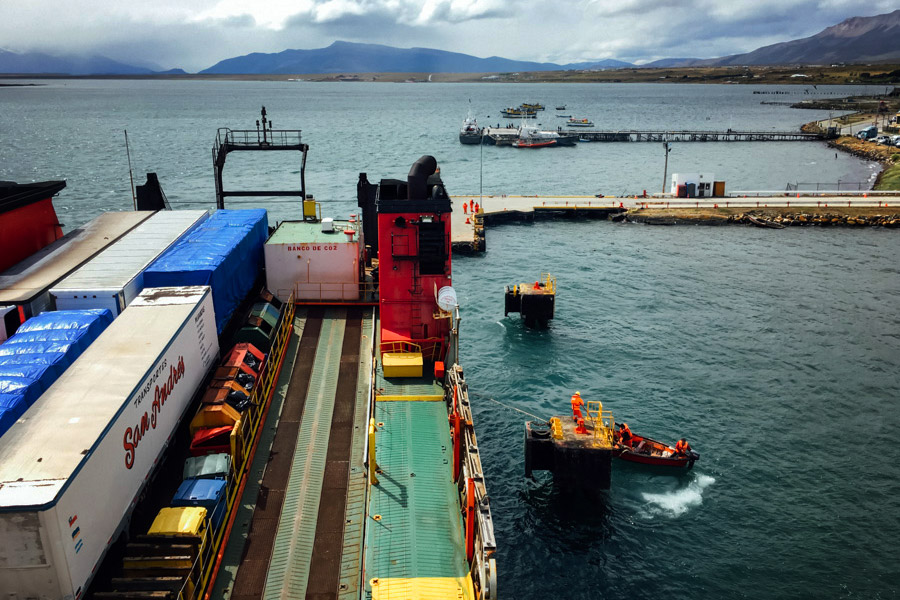
Links
- Puerto Montt has little to offer, apart from the entrance to the pretty Chiloé, and the port that leads to South of Chile.
- Navimag is the only carrier for this route by boat, well worth the money for the unique experience of Patagonia via its channels and fjords. However, do not expect a cruise. There were a few unhappy customers expecting a lot more luxury than what it actually is; your fellow riders are lorry drivers.
- We landed in Puerto Natales, the entrance to Torres Del Paine. Tours to El Calafate are also available from here, although not advised considering how far it is.





